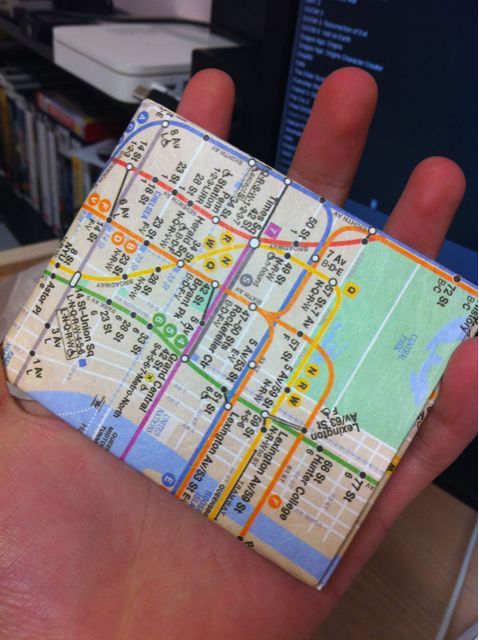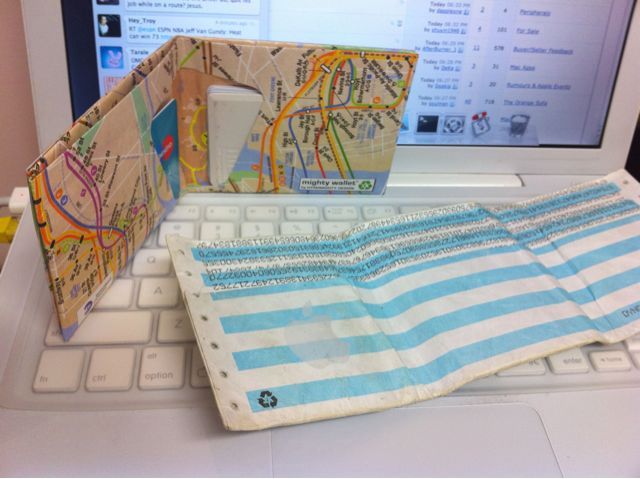
I’ve been looking for a local distributor for Dynomighty Design wallets for a while now, and I’m glad to report I’ve finally found one.
Roughly four years ago, a couple of friends and discovered ThinkGeek. We were probably a little late on that particular bandwagon, but that’s okay. At the time getting items shipped from the US seemed like a particularly daunting task, so we decided to go in on a group buy – one of us would place the order and get the items shipped to that person’s house, and then the rest of us would pay that person back in cash. It kinda made sense as we’d save on shipping.
That very first order was pretty epic, to say the least; I’m not 100% on what I picked that first time around, but the total order amount came to over $400 AUD for the four of us. One of my items that very first order was a Dynomighty Design Dot Matrix wallet, as it greatly appealed to my inner-geek at the time. It was cool as was pretty much indestructible, and it had the number pi printed out in the ultra-cool dot matrix style.
It’s been a good four years. Many people have commented on how slim it is, even loaded up with receipts and cash/cards, and it’s pretty unique, too.
It was about time for a replacement though, and for a while I wasn’t even sure if I could get them in Australia without paying the exorbitant shipping rates from the Dynomighty website, or without going via ThinkGeek again. Looking into the matter a little more revealed that there were Australian distributors, but they charged quite a lot for the actual wallet, plus I then had to pay shipping.
To be honest I had completely forgotten about the issue until about two weeks ago, when one of the people I follow on Twitter tweeted about a cool little store in Elizabeth street, a cool little store called Syzygy. I went to Syzygy, and to my delight, their window display had a Dynomighty wallet on display! Well, that settled it – I just had to have one. Sadly they weren’t open that day, but I vowed to return.
And return I did. I was back the very next day before Uni, and picked up the wallet with the NYC subway map. It’s like having a wallet without actually having a wallet. It’s (somewhat) unique. It’s only a single-fold, but that’s okay, I’ll get used to it.
I like it – I’m still tossing up whether I should give that extra bit of personalisation with an Apple sticker (as seen below), as doing so would mean that some of the map is covered up. We’ll see.




